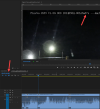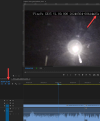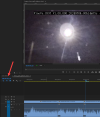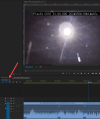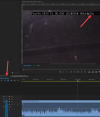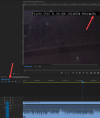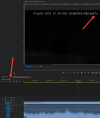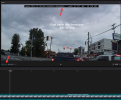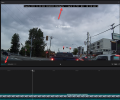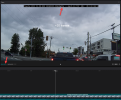- Joined
- Jun 2, 2023
- Messages
- 377
- Reaction score
- 468
- Location
- Mission
- Country
- Canada
- Dash Cam
- Viofo A229 Pro+A139 pro, Vueroid D21 4K, Thinkware U3000,
Here we go. This is a sample video of some 2K dash cameras on the market.
Fine Vu sent us a GX35 a while back and we finally got around to having some video comparison.
We wanted to analyze some of the differences of these dash cameras while driving.
Fine Vu GX35 - 5MP - IMX675 STARVIS 2
Viofo A229 plus - 5MP - IMX675 STARVIS 2
Viofo VS1 - 5MP - IMX675 STARVIS 2
Thinkware Q200 - 4 MP - Omnivision
In the future we will have tunnel test, parking mode tests as well.
Enjoy
Fine Vu sent us a GX35 a while back and we finally got around to having some video comparison.
We wanted to analyze some of the differences of these dash cameras while driving.
Fine Vu GX35 - 5MP - IMX675 STARVIS 2
Viofo A229 plus - 5MP - IMX675 STARVIS 2
Viofo VS1 - 5MP - IMX675 STARVIS 2
Thinkware Q200 - 4 MP - Omnivision
In the future we will have tunnel test, parking mode tests as well.
Enjoy



